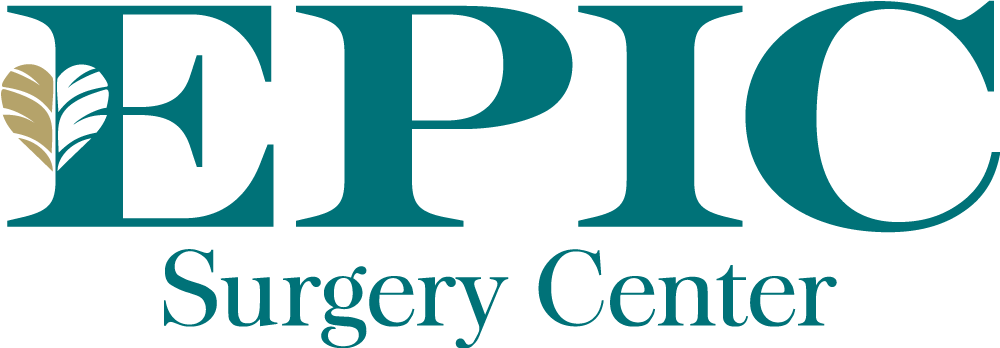Defibrillator Implants
Scottsdale, Arizona
At EPIC Surgery Center, we perform a range of life-saving procedures, including placing implantable defibrillators. The device helps patients maintain a normal heart rhythm and lowers the risk of sudden cardiac death. Expect world-class care by highly skilled physicians at our state-of-the-art cardiovascular ambulatory surgery center (ASC), the only one of its kind in the Scottsdale area.
Implantable Defibrillator: An Overview
An implantable defibrillator, also known as an implantable cardioverter-defibrillator (ICD), is a small electronic device we implant in the chest to monitor your heart rhythm continuously. If your heart begins to beat abnormally or dangerously fast, a condition called arrhythmia, the defibrillator will send electrical impulses to shock the heart and restore its normal rhythm.
Our physicians at EPIC Surgery of Scottsdale may recommend an implantable defibrillator if you have a hyperactive or irregular beat in a ventricle. The ventricle may pump too quickly, a condition known as ventricular tachycardia, or may twitch or flutter erratically, a condition called ventricular fibrillation. Both conditions are life-threatening, with the potential of causing sudden death. You may also be a candidate for a defibrillator if you have experienced fast, irregular heartbeats in the past that have resulted in fainting spells or sudden cardiac arrest.
What Should You Expect?
You'll receive a mild sedative and a local anesthetic for your comfort, but you'll be awake during the procedure. Our physician will make small incisions in your skin near the collarbone. We'll use a fluoroscopy machine to create moving x-rays so we can visualize your chest's interior and guide the defibrillator wire leads through the incisions into the veins until they reach the heart. Next is attaching the tip of each wire lead to the heart muscle and to the device's pulse generator, which we'll place in a pocket just beneath the skin in the upper chest.
Once your defibrillator is in place, we'll perform some tests to ensure the device is working correctly. We may program an artificially fast heart rhythm to confirm the leads monitor your heartbeats and that the pulse generator responds. The last step is programming your defibrillator to meet your needs.
What Happens After Your Defibrillator Implantation?
You'll need to schedule routine follow-up appointments. During every visit, we'll make sure the defibrillator is working the way it should, check the leads, and ensure there's enough energy remaining in the batteries.
Implantable Defibrillator Generator Change
Depending on how much electrical shock the device delivers, the battery can last anywhere from three to eight years. If the battery's voltage runs low, you will need a generator change in a procedure similar to the initial defibrillator implantation. However, we will likely not replace the wire leads.
Healthy Habits for Healthy Hearts
Maintaining a heart-healthy lifestyle is the best way to promote your heart health. Consume a healthy, nutritious diet rich in fruits, vegetables, whole grains, and omega-3 fatty acids. Make sure to limit trans fats and saturated fats. It's also essential to maintain moderate exercise, lose excess weight, quit smoking, and limit alcohol consumption.
